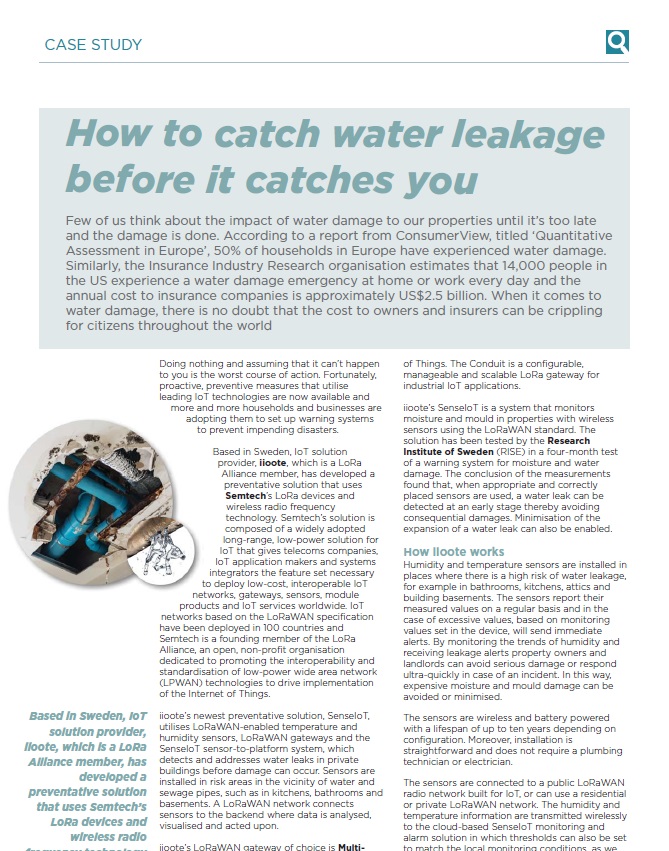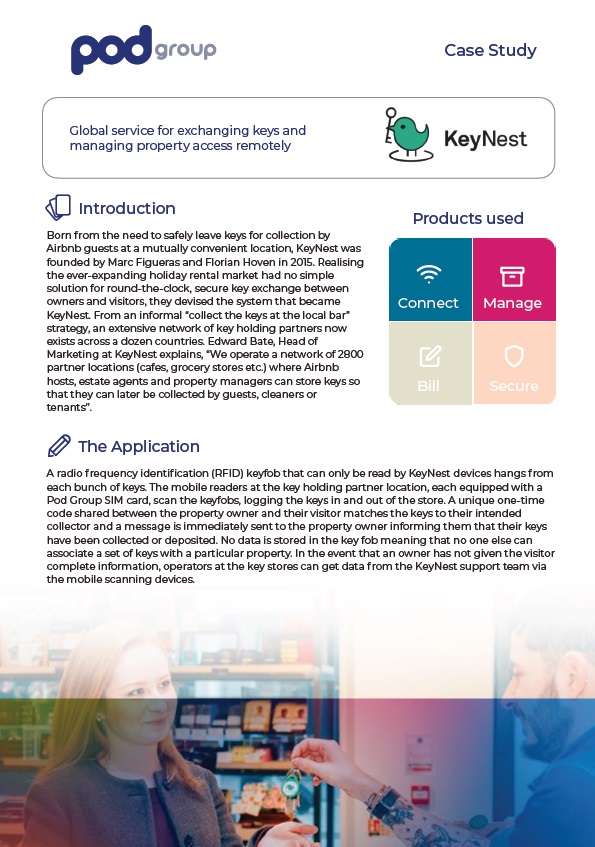CREATING INTELLIGENT SPACES: Five strategies to accelerate smart building transformation
The Internet of Things (IoT) is rapidly transforming the world, delivering connectivity and new experiences in our daily lives. In addition to changing everyday experiences, IoT also provides organizations with innovative ways to gain and apply data-driven insight. This digital feedback loop is fueling a new wave of improvements to operations, products, and experiences. As the benefits of IoT become more apparent, forward-thinking leaders are turning their attention to the spaces we inhabit. In offices, hospitals, schools, factories, and retail spaces around the world, building owners and their tenants are looking to increase energy efficiency, optimize space utilization, and improve productivity through IoT initiatives. Already, nearly 50% of developers, owners, and occupants believe that a smart building strategy will become a competitive differentiator in the commercial real estate market.1 And as smart buildings and spaces become more ubiquitous and interconnected, they pave the way for entire communities and smart cities built on a foundation of IoT-enabled insights.
How to catch water leakage before it catches you
Based in Sweden, IoT solution provider, iioote, which is a LoRa Alliance member, has developed a preventative solution that uses Semtech’s LoRa devices and wireless radio frequency technology. Semtech’s solution is composed of a widely adopted long-range, low-power solution for IoT that gives telecoms companies, IoT application makers and systems integrators the feature set necessary to deploy low-cost, interoperable IoT networks, gateways, sensors, module products and IoT services worldwide.
Global service for exchanging keys and managing property access remotely
Realising the ever-expanding holiday rental market had no simple solution for round-the-clock, secure key exchange between owners and visitors, they devised the system that became KeyNest. From an informal “collect the keys at the local bar” strategy, an extensive network of key holding partners now exists across a dozen countries.







